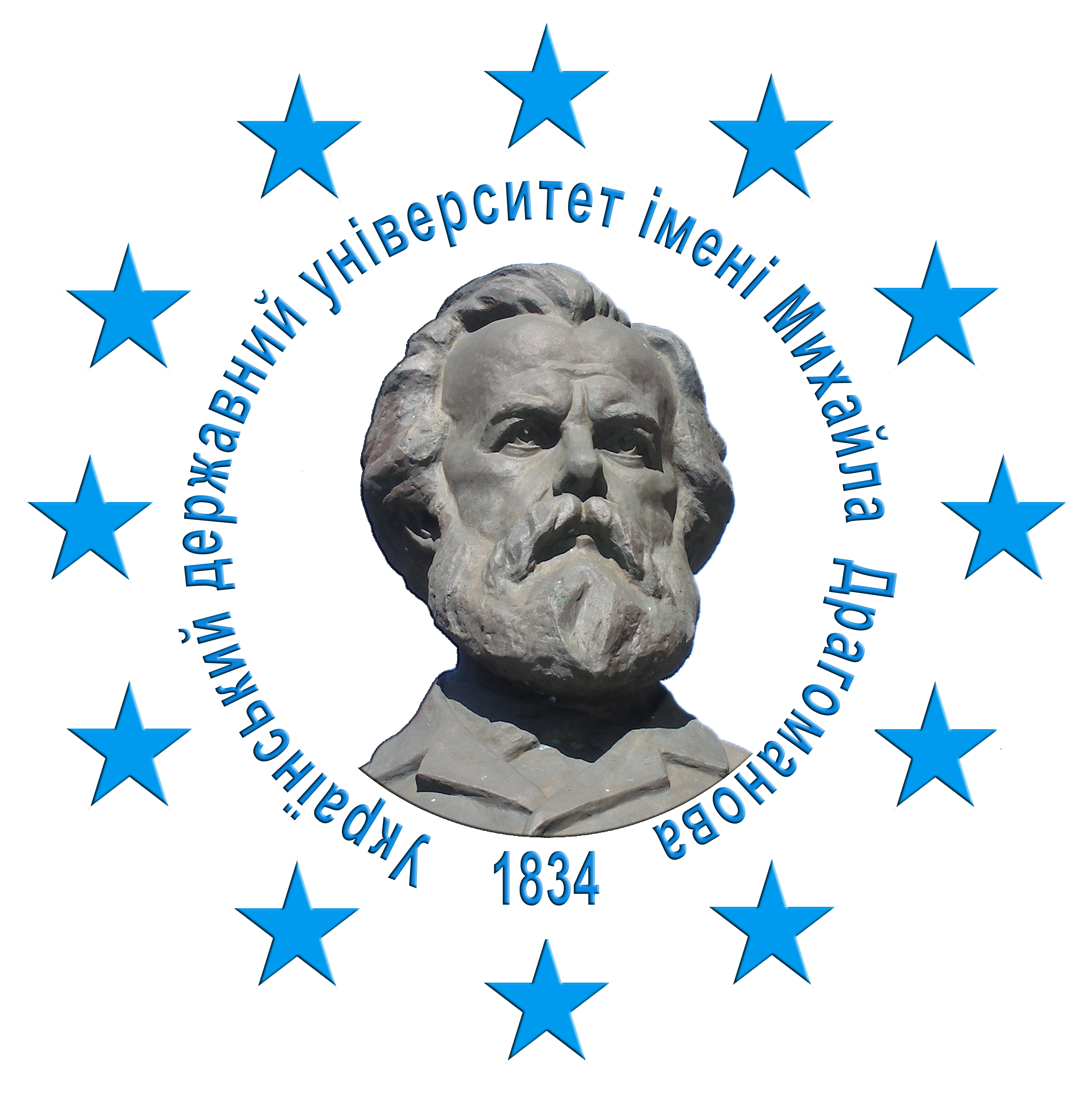DYNAMICS OF ETHNIC IDENTITY IN THE CONTEXT OF THE CONCEPT OF SOCIAL COHESION OF A POLYETHNIC SOCIETY
DOI:
https://doi.org/10.31392/cult.alm.2024.2.20Keywords:
ethnicity, ethnic identity, dynamics of ethnic identity, social cohesion, sociopolitical context, sociocultural context, polyethnic society.Abstract
The article examines the relationship between ethnic identity and social cohesion. Among the large number of types of ethnic identity, the following were chosen for analysis: ethnocentric identity, multiethnicity, negative ethnic identity, positive ethnic identity, “shifting” identity, atomised (scattered) identity, hybrid ethnic identity, sociocultural identity, identification with a certain system of cultural values (cultural), transethnic identity. Such a choice is based on the content of the specified types of identity, in particular, on the fact that they most adequately reproduce the essence of the umbrella phenomenon for them “ethnic identity” and in their functioning are most obviously characterized by dynamics depending on specific sociopolitical or sociocultural processes that take place in the environment in which their bearers (ethnophors) live. Several fundamental conceptual approaches to the interpretation of the content of ethnic identity are distinguished: ethnic identity is one of the important aspects of social identity; ethnic identity is a tool for localizing oneself in a nonethnic environment; ethnic identity is a way of associating oneself with qualitative (ethnocultural) characteristics specific to a particular community. As for social cohesion, in the context of this article, its most important functional features are as follows: social cohesion focuses on the adaptation of new groups – members of large collectives (bearers of various ethnicities); social cohesion is a process that does not end with the achievement of a result at this stage, since the transformation of ethnicity causes changes in ethnic identity; social cohesion covers various spheres of social life; social cohesion involves the formation of common values, in particular cultural and behavioral values, what, in fact, is the cornerstone of the levels of cohesion of polyethnic societies. In the context of the given question, an attempt is made repeatedly to show the influence of ethnic identity (within their community or related communities) on the effectiveness of social activities of representatives of various ethnic communities in choosing a worthy place in the social development of the country of ethnophores’ residence. Attention is drawn to the state of research of the problem, in particular in three dimensions: ethnic identity, social cohesion and the parameters of their interaction.
References
Бистрицький, Є. (2013). Ідентичність, спільнота і методологія пізнання. URL: www.jimagazine.lviv.ua/anons2013/Bystryckyj_identychnist_spilnota.htm/
Євтух, В. (2012). Етнічність: Енциклопедичний довідник. Київ: Фенікс. 396 с.
Євтух, В. (2013). Етнічність у транснаціональному соціальному просторі: дизайн дослідницького проекту. Соціологія: теорія, методи, маркетинг. № 1. С. 3–26.
Євтух, В. (2014). Поліетнічність як конструкт modus vivendі. Соціологія: теорія, методи, маркетинг. № 4. С. 133–155.
Євтух, В. (2023). Етнічна мозаїка Нью Йорка (погляд з висоти пташиного паріння). Етносоціологічний есей. Міждисциплінарні дослідження складних систем. № 22. С. 145–153.
Євтух, В, Колесніченко, М. (2016). Феномен етнічності у зарубіжному науковому дискурсі: філософське осмислення. Київ: ТОВ «НВП «Інтерсервіс». 238 с.
Колесніченко, М. (2021). Проблематика соціальної когезії у зарубіжному науковому дискурсі. Освітній дискурс. Збірник наукових праць. Випуск 35 (7). С. 17–32.
Колесніченко, М. (2023). Соціокультурна перспектива як метод дослідження соціальної когезії в етнічно-диверсифікованому суспільстві. Культурологічний альманах. № 3. С. 153–159.
Колесніченко, М. (2023). Концептуалізація конструкту «соціальна когезія»: ключові сентенції сутності у сучасних зарубіжних дослідженнях. Vèda a perspektivy. № 3. С. 277–289.
Шадріна, Т. В. (2019). Від етнічного до транснаціонального: українська канадська література в пошуках дому. Наукові праці Чорноморського державного університету ім. Петра Могили комплексу «Києво-Могилянська академія». Миколаїв: Вид-во ЧНУ ім. П. Могили. Т. 325. Вип. 313. С. 118–124.
Alba, R.D., Rumbaut, R.G., Marotz K. (2005). A Distorted Nation: Perceptions of Racial/Ethnic Group Sizes and Attitudes toward Immigrants and Other Minorities. Social Forces.Vol. 84. No 2. Pp. 901–919.
Demireva, N. (2015). Ethnic Diversity and Social Cohesion: Immigration, Ethnic Fractionalization and Potentials for Civic Action. Merlin Schaeffer 2014, Research in Migration and Ethnic Relations Series, Ashgate, UK. 180 pp. European Sociological Review. Vol. 31. Issue 1. Pp. 133–136. URL: https://doi.org/10.1093/esr/jcu080
Fonseca, X., Lukosch, S., Brazier, F. (2018). Social Cohesion Revisited: A New Definition and How to Characterize It. URL: https://doi.org/10.1080/ 13511610.2018.1497480
Holly, T. H. (2009). National Identity: Civic, Ethnic, Hybrid and Atomised Individuals. Europe-Asia Studies. 61 (1). Pp. 1–28.
Horowitz, D. (1985). Ethnic Groups in Conflict. Berkeley: University California Press. xii, 697 p.
Isajiw, W. (1992). Definition and Dimensions of Ethnicity: A Theoretical Framework. Paper presented at “Joint Canada-United States Conference on the Measurement of Ethnicity, Ottawa, Canada, April 2, 1992». Pp. 1–24. URL: https://tspace.library.utoronto.ca/retrieve/132/Def_DimofEthnicity.pdf
Jewtuch, W. (1989). Ethnischer Antagonismus und ethnische Solidarität in den Ländern Nordamerika. Migrationsforschung. Heft 22. S. 29–33.
Kim, Young Yun. (2006). From Ethnic to Interethnic. The Case for Identity Adoptation and Transformation. Journal of Language and Social Psychology. Vol. 25. №. 3. Pp. 283–300. URL: https://doi.org/10.1177/0261927X06289429
Mukhopadhyay, S. (2023). Explained: What is Affirmative Action, Now Banned for University Admissions in the US? URL: https://www.livemint.com/news/world/explained-what-is-affirmative-action-now-banned-for-university-admissions-in-the-us-11688091292173.html
Piekut, A., Schaeffer M. (2014). Ethnic Diversity and Social Cohesion: Immigration? Ethnic Fractionalization and Potentials for Civic Action. Ashgate. URL: http://ceemr.uw.edu.pl/vol-3-no-1-june-2014/book-reviews/merlin-schaeffer-2014-ethnic-diversity-and-social-cohesion
Schaeffer, Merlin. (2014). Ethnic Diversity and Social Cohesion: Immigration? Ethnic Fractionalization and Potentials for Civic Action. Farnham (UK), Burlington (USA): Ashgate, 196 pp.
Sociocultural Perspective. URL: https://courses.lumenlearning.com/hvcc-abnormal psychology/chapter/2-8-sociocultural-perspective/
Tajfel, H. (1986). The Social Identity Theory of Intergroup Behavior / S. Worchel, W. Austin (eds.). Psychology of Intergroup Relations. Chicago: Nelson Hall. Pp. 7–24.
Ten Years of Centre for the Study of Ethnicity and Citizenship, University of Bristol. URL: www.bristol.ac.uk/ethnicity/migrated/documents/ethnicity10
What Is Social Cohesion? URL: https://scanloninstitute.org.au/what-social-cohesion
Yevtukh, V., Kolesnichenko, M. (2022). Contents of Social Cohesion: Key Accents of Contemporary Scientific Discourse in Three Social Spaces. Міждисиплінарні дослідження складних систем/Interdisciplinary Studies of Complex Systems. № 21. Pp. 29–43.








